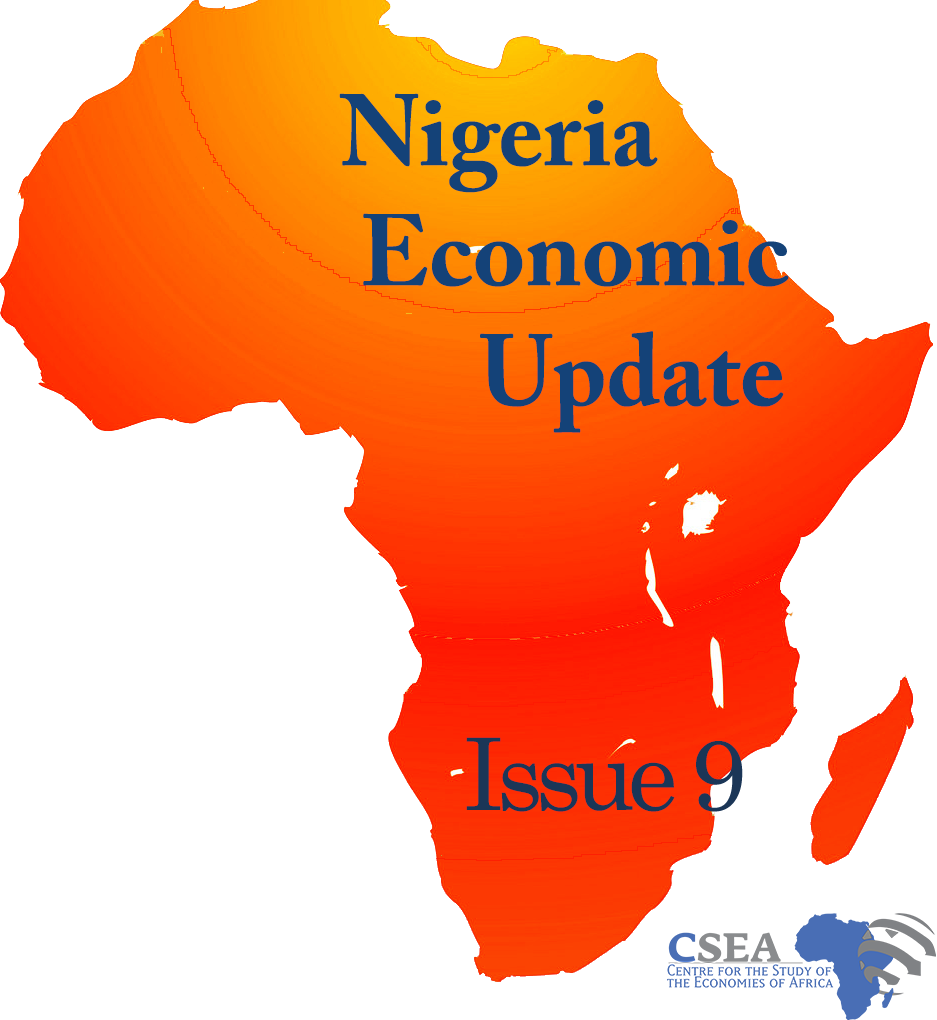By year-end 2018, the country recorded a total trade value of ₦32.3 trillion1, representing 39.3% increase over the corresponding period in 2017. The volume of total merchandise trade in 2018 is noted to be the highest since 2014, nearly double pre-recession levels. Export component grew by approximately 41%, from ₦13.6 trillion in 2017 to ₦19.1 trillion in 2018. Oil (crude and non-crude) is responsible for the most part of export growth in the review year and accounts for about 94% of total exports. Agriculture and manufacturing sector exports also recorded a boost, rising to ₦302 billion and ₦645.7 billion respectively. Similarly, imports rose by 37.5% to ₦13.2 trillion. With exports exceeding imports, the current account balance of trade improved to ₦5.9 trillion in 2018. To further boost Nigeria’s current account position going forward, supply-side policies to improve the efficiency and competitiveness of domestic industries, and thus exports is crucial.
Macroeconomic Report & Economic Updates

March 21, 2019
Nigeria Economic Update (Issue 9)
By year-end 2018, the country recorded a total trade value of ₦32.3 trillion1, representing 39.3% increase over the corresponding period in 2017. The volume of total merchandise trade in 2018 is noted to be the highest since 2014, nearly double pre-recession levels. Export component grew by approximately 41%, from ₦13.6 trillion in 2017 to ₦19.1 […]
Read →
Related
Nigeria Economic Update (Issue 25)
Crude oil price continued to increase in the
period under review, reaching its 2016 peak at $50.30 on June 2, 2016.
Specifically, OPEC weekly basket price increased by 1.43 percent from $44.65 on
May 27, 2016 to $45.29 on June 3, 2016. Brent was sold for $49.96
on June 3, 2016. The present rise in crude oil price can be
attributed to oil production shocks in several oil-exporting countries, and the
general expectation of a further cut in output following the OPEC meeting in
Vienna on June 2, 2016. However, the OPEC meeting ended with no agreement on
production quotas. In Nigeria, oil production level increased in the period
under review, following repairs on some of the damaged oil and gas facilities. Precisely,
Nigerias output increased by 200,000 barrels on June 3, 2016 to 1.6 million
barrels.
